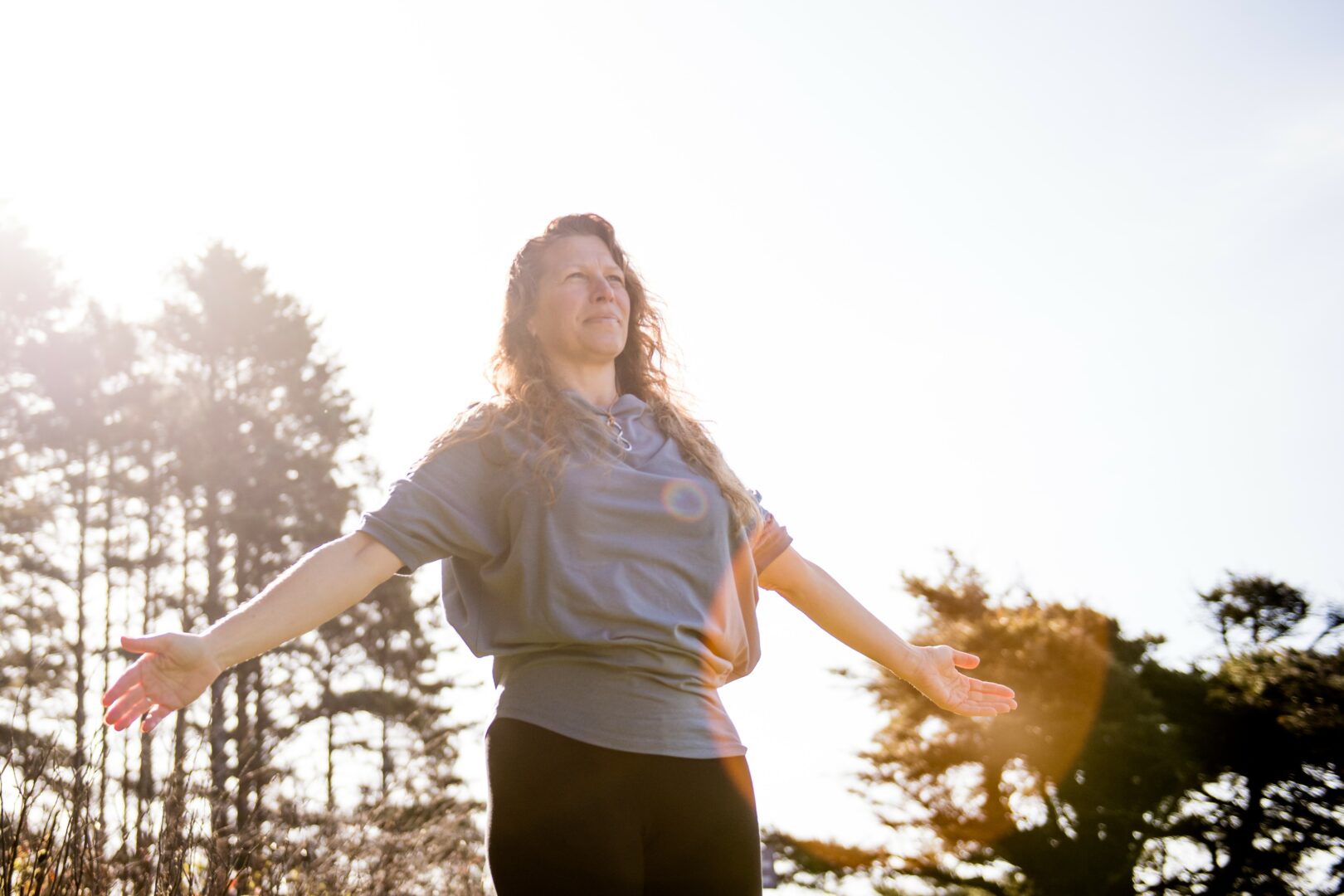We recently had the chance to connect with Christine Mark-Griffin and have shared our conversation below.
Good morning Christine, it’s such a great way to kick off the day – I think our readers will love hearing your stories, experiences and about how you think about life and work. Let’s jump right in? What are you being called to do now, that you may have been afraid of before?
I still remember sitting across from a little boy who had been through more than any child ever should. He was bouncing between foster homes, struggling in school, and carrying invisible wounds that words couldn’t touch. What struck me most wasn’t just his pain, but the fact that he didn’t have access to resources and treatment that could help him heal at a deeper level.
Eye Movement Desensitization Reprocessing Therapy (EMDR) and other top trauma treatments are too often tucked away in private practices or specialized clinics, when they really need to live in the places where children already are—schools, hospitals, child welfare systems. Healing shouldn’t only accessible to the lucky few with the right connections and resources, it should be available to our most vulnerable- kids.
When I share that my goal is to bring EMDR into larger systems—schools, hospitals, child welfare—I often get responses like, ‘Wow, that’s ambitious’ or even a sarcastic ‘Good luck with that.’ I know it’s a big goal. Navigating funding, training, systemic barriers, and the mindset of ‘this is how we’ve always done it’ won’t be easy.
But I’ve also experienced the gift of healing that EMDR can offer, both personally and through my work. For me, this isn’t just a calling—it feels like a responsibility to carry that ripple forward, to pass on the impact of EMDR to the children and families who need it most.
My passion has two parts: making sure kids can access trauma-informed care in the places they already are, and ensuring clinicians have the training, supervision, and consultation they need to deliver that care with confidence and integrity.
When I think about the future, I picture a school counselor who isn’t just offering a listening ear, but also has the tools of EMDR in their hands. I imagine a hospital social worker who can guide a child through trauma processing right after a medical crisis. I see a child welfare worker who doesn’t just document the trauma, but helps to heal it.
It’s a big vision, but I believe it is also possible. And every step we take toward embedding trauma treatments like EMDR into bigger systems is a step toward rewriting the story for children who have carried trauma for far too long.
Can you briefly introduce yourself and share what makes you or your brand unique?
I’m Christine Mark-Griffin, LCSW, RYT, and I’m passionate about helping children and families heal from trauma. I’m the author of the award-winning EMDR Workbook for Kids and a recognized expert in EMDR therapy for children. My approach weaves together my clinical expertise with my love of yoga, music, movement, and fitness, creating a playful yet deeply healing path for growth.
I serve as the clinical director of Spark All Wellness, a small group practice in San Francisco that specializes in EMDR and trauma-informed yoga for women and children. I also founded EMDR for Kids, where I provide therapists, parents, and children with the resources, tools, and advanced training needed to overcome trauma and build resilience.
As an international trainer, I’ve had the honor of teaching thousands of clinicians worldwide how to integrate EMDR, play therapy, and yoga into their work. My career has taken me through non-profits, child welfare, juvenile justice, community mental health, schools, and higher education—experiences that have given me a deep understanding of complex trauma and the incredible resilience that’s possible when people are supported with the right care.
At home in San Francisco, I live with my partner & our two wonderful children. The things that bring me joy are simple but meaningful—family and friends, a good cup of coffee, fresh-baked treats, yoga, cycling, travel, music, and dancing. Through both my work and my life, I aim to keep inspiring others with hope, healing, and connection.
Thanks for sharing that. Would love to go back in time and hear about how your past might have impacted who you are today. Who were you before the world told you who you had to be?
I’ve always gravitated toward working with kids. In high school and college, I was a tutor, babysitter, and even a children’s entertainer—doing face painting, magic shows, balloon animals, and all kinds of playful side gigs. I was always the theater and music geek, the one who loved bringing joy, laughter, and creativity to children’s worlds. Looking back, it feels almost inevitable that when it came time to “grow up” and choose a career, I found my way into play therapy. The idea that you could actually play for work was like a dream come true. I realized I could take the passions I already had—creativity, performance, playfulness, and connection—and turn them into a meaningful profession that helps children heal. That playful spirit still shapes the way I show up as a therapist and trainer today.
What fear has held you back the most in your life?
When I was in graduate school, I’ll never forget a moment in one of my smaller classes. We were sitting in a circle, sharing our long-term goals after finishing the program. At the time, I was a very serious, studious, focused learner—committed to my academics. That was the version of me most people saw in the classroom. What they didn’t see was the other side of me: the playful, creative, theatrical part—the performer, musician, and children’s entertainer who sang as a fairy princess and did magic shows on weekends.
When it was my turn, I shared, a little nervously but honestly, that one of my long-term dreams was to eventually become a trainer and speaker, to return one day and teach others about this work. My professor’s response has stayed with me all these years. In a tone that felt almost dismissive, she said, “Well, I suppose if you really want to, maybe you could—but you know, most speakers have to be very outgoing, really good at public speaking.”
In that moment, my classmates—many of whom knew my more expressive and playful side—exchanged looks with each other, as if to say, “She has no idea what Christine does outside of school.” That subtle validation from my peers meant so much, but truthfully, the comment still stung. It planted seeds of doubt that ran deep. I remember walking away from that class questioning myself: Do I really have what it takes? Am I aiming too high? And beneath that was an even scarier thought—what if my professor was right about me? What if I wasn’t cut out for it at all?
That moment didn’t make me give up, but it did make me tuck the dream away for a while. I focused instead on finishing my degree, building my career, and gaining real-world experience. And slowly, over time, that goal resurfaced. With each step, I found more confidence, more clarity, and more of my voice.
Today, I am grateful to be living the dream as an international speaker and trainer, traveling the world to teach clinicians about EMDR, play, and trauma-informed yoga. What once felt like a lofty or unrealistic goal is now my reality. I think about that professor’s comment sometimes—not with bitterness, but almost with gratitude. Because even though it shook my confidence for a while, it also made achieving this dream that much sweeter.
Next, maybe we can discuss some of your foundational philosophies and views? Is the public version of you the real you?
When I think about the “public version” of myself as an international speaker and trainer and then compare that to the private, real-life version of me, I sometimes feel like the two are beautifully aligned—and other times, if I’m being really honest, I feel like a fraud. On stage or in a training room, I can stand in front of hundreds of people and talk about childhood trauma, the ways kids express it through behaviors, and the best practices for helping them regulate. I work hard to strike a balance between professionalism and honesty, weaving in both research and practical strategies.
But then, I go home. I tuck away the microphone, close my laptop, and walk into the messy, loud, beautiful chaos of parenting my own two kids. And in those moments, I’m not always the calm, collected, regulated parent I teach others to be. I lose my cool. I snap. I find myself thinking, “Geez, Christine, you can get up and train a room full of therapists on how to respond to a dysregulated child, but you couldn’t even take your own advice in your own kitchen five minutes ago.” That’s when the self-criticism sets in.
Over time, though, I’ve realized something that’s been both humbling and liberating: parenting is really hard. It stretches us in ways no degree, no training, no manual could ever fully prepare us for. And no one—no matter how much expertise they have—is perfect. Not even me. What I’ve come to accept is that I’m allowed to have my moments of frustration and imperfection, and maybe, in a strange way, those moments make me a better therapist and trainer.
When I speak publicly, I try to let people see glimpses of those imperfect, personal experiences. I share my own messy humanity as a way to connect, to let others know they aren’t alone in their struggles. And yet, I often get feedback like, “You just don’t seem like someone who ever gets angry,” or, “You look so calm—like you don’t ever get stressed.” I know people mean it as a compliment, but part of me laughs inside because the truth is—I do get angry. I do get stressed. I worry. I cry. I’m human. And I think what people are really trying to say is that I manage it well, or that I’ve learned to carry it differently.
But the truth is, I’m not free from anger or stress. None of us are. The difference is that I’ve learned how to hold both—the polished, public self who can teach and inspire, and the real, raw parent who sometimes fumbles, apologizes, and tries again. And maybe that’s what makes me authentic, both on stage and at home.
Before we go, we’d love to hear your thoughts on some longer-run, legacy type questions. What are you doing today that won’t pay off for 7–10 years?
Something I’m pouring into right now—something that may not show its full impact for several years—is planting the seeds of a ripple effect through my published work. My first book, The EMDR Workbook for Kids, has already reached far beyond what I imagined, recently signing translation contracts in Italian, Polish, Turkish, and Korean. It’s humbling to think about how those words, stories, and playful exercises will one day be read by children and therapists in corners of the world I may never personally visit. Of course, the process is slow—translation alone takes over 18 months, followed by printing, promotion, and distribution. It’s the kind of work that requires patience and a long view.
At the same time, I’m laying the foundation for something bigger: advanced clinical trainings, designed to equip and inspire clinicians who want to bring EMDR and creative trauma therapies to children. With the support of AI and new technologies, I envision these resources becoming accessible in multiple languages, expanding far beyond borders. My hope is that this work won’t just touch individual therapists and families but that it will begin to shift entire systems.
Contact Info:
- Website: https://www.emdrforkids.com/
- Instagram: https://www.instagram.com/emdrforkids/
- Linkedin: https://www.linkedin.com/in/christine-mark-griffin-50376826/
- Facebook: https://www.facebook.com/emdrforkids
- Youtube: https://youtube.com/@emdrforkids
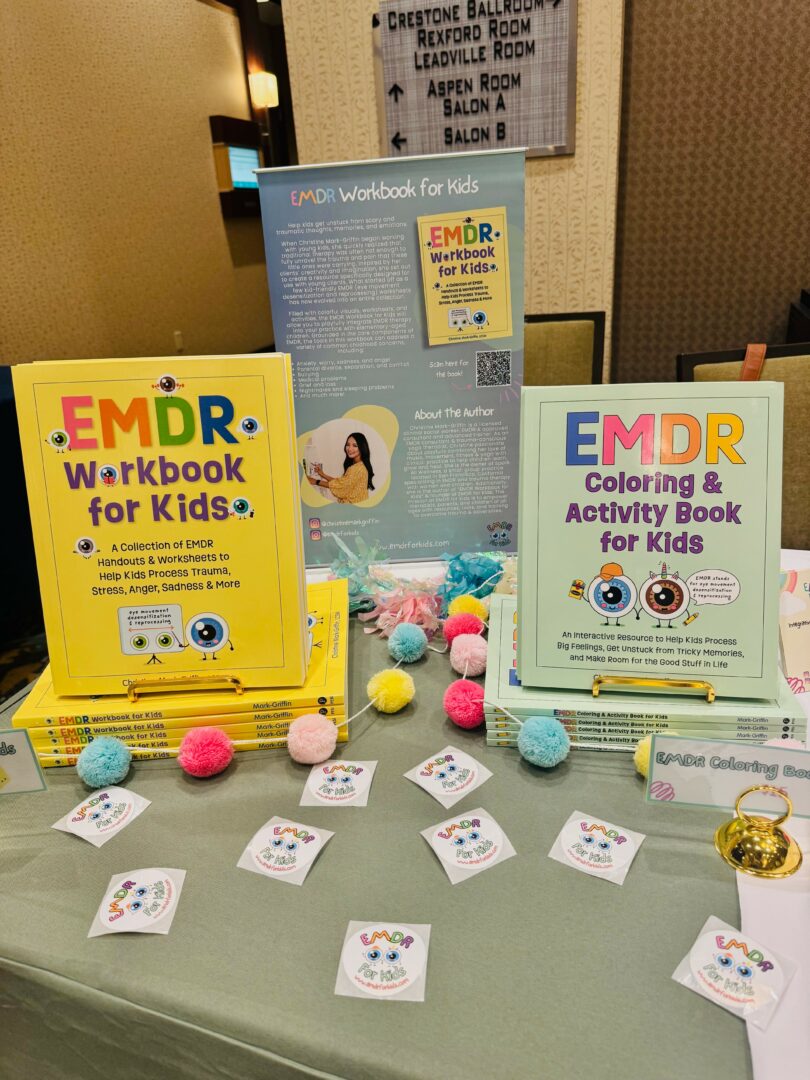
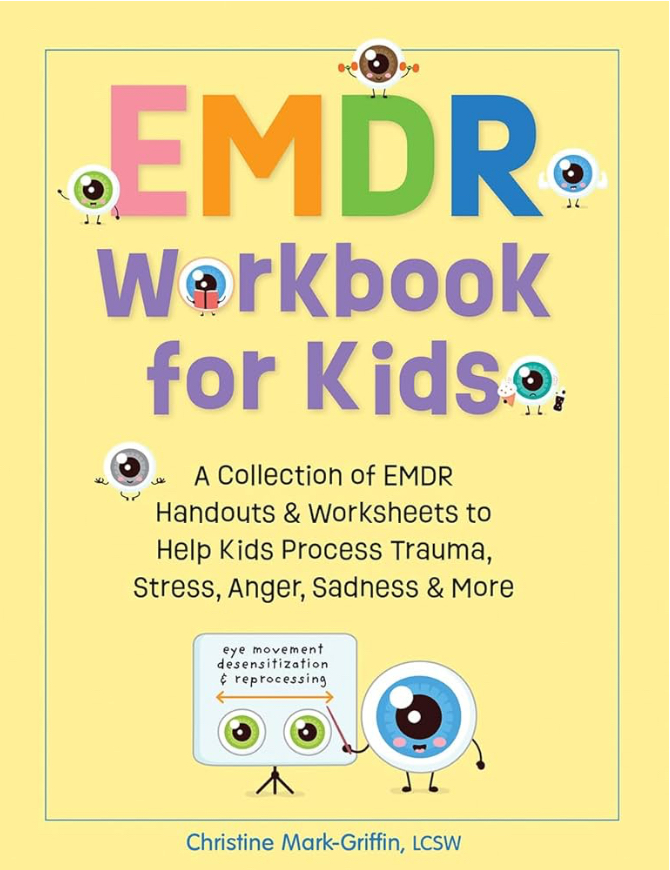
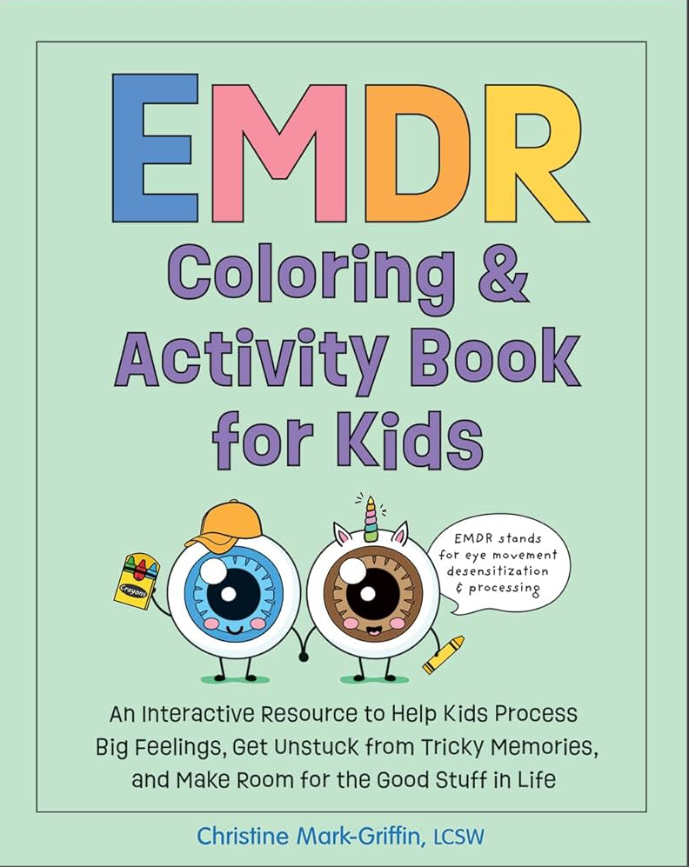
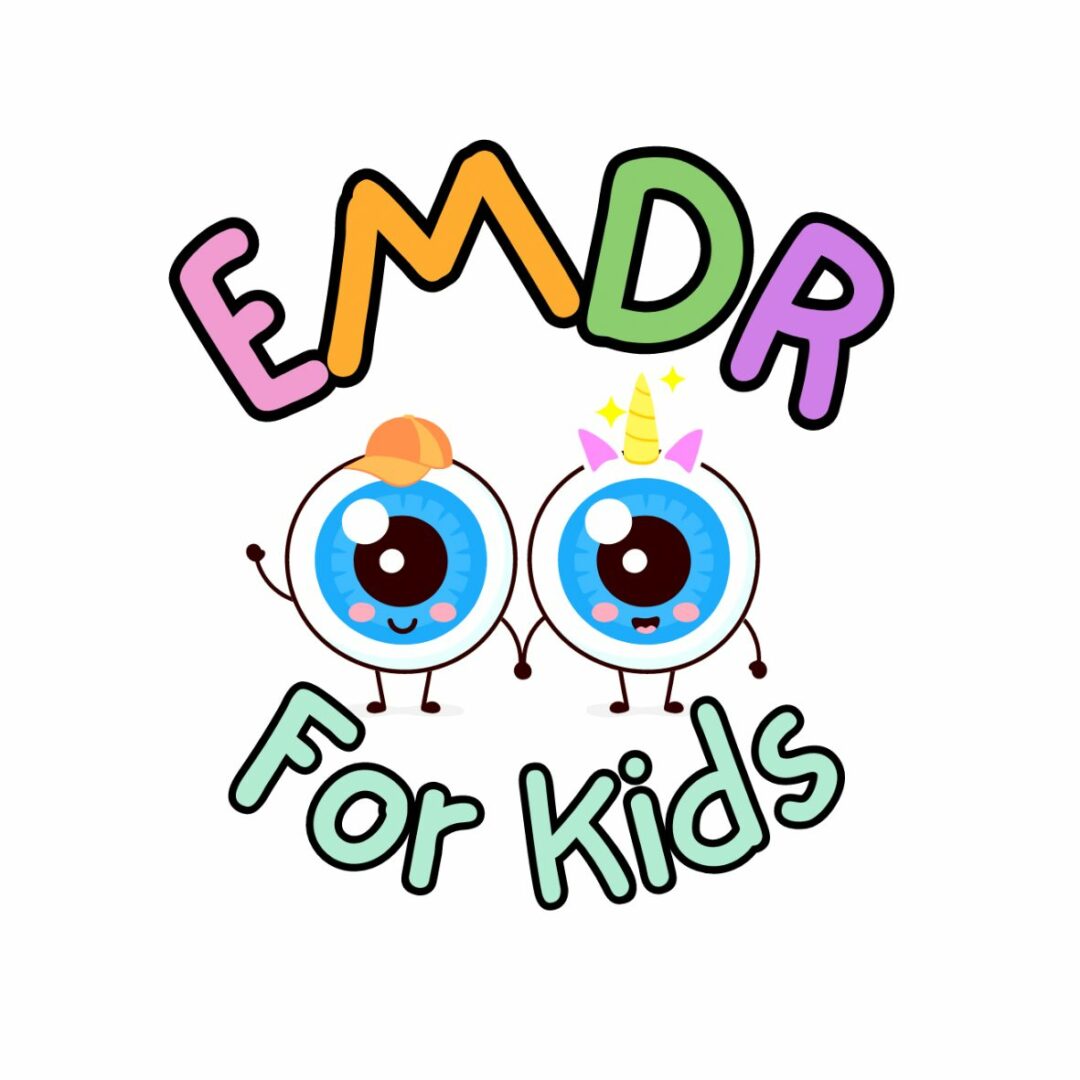
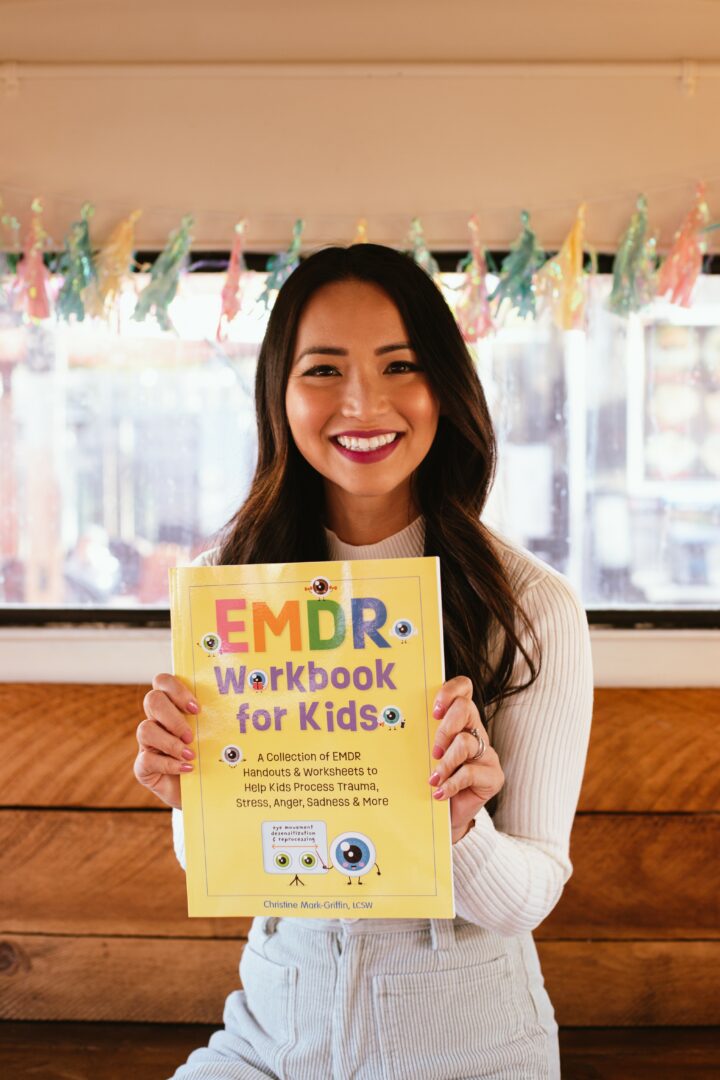
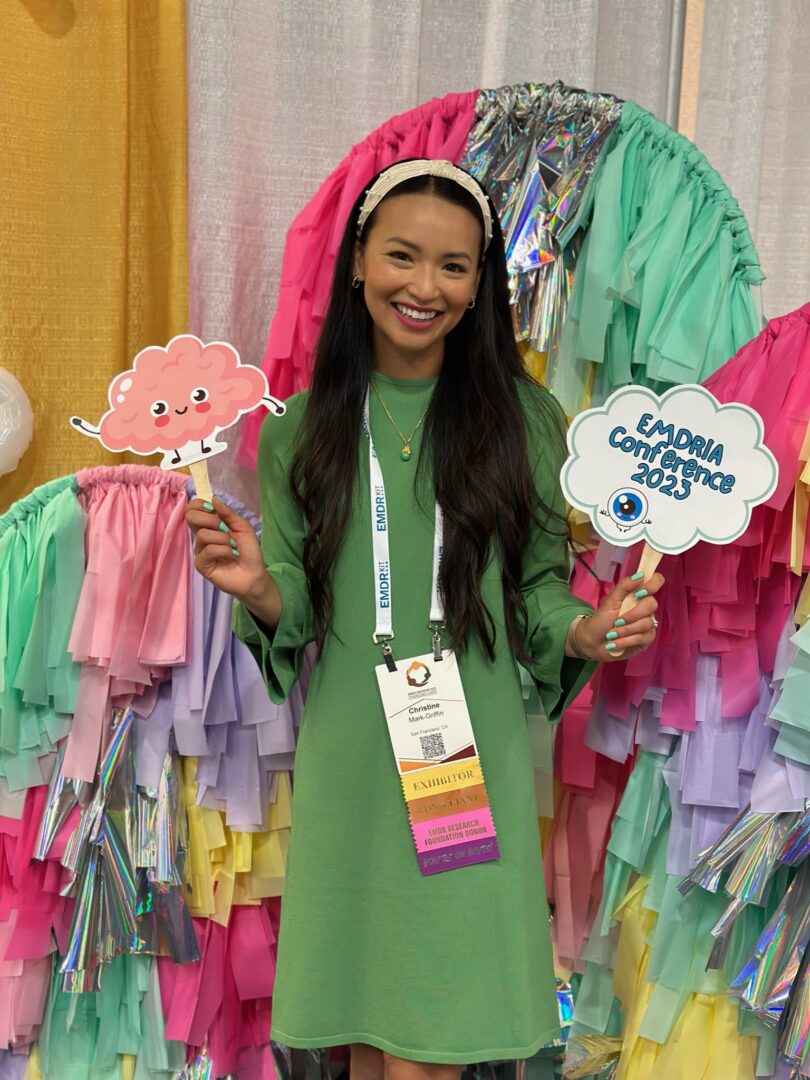
so if you or someone you know deserves recognition please let us know here.



